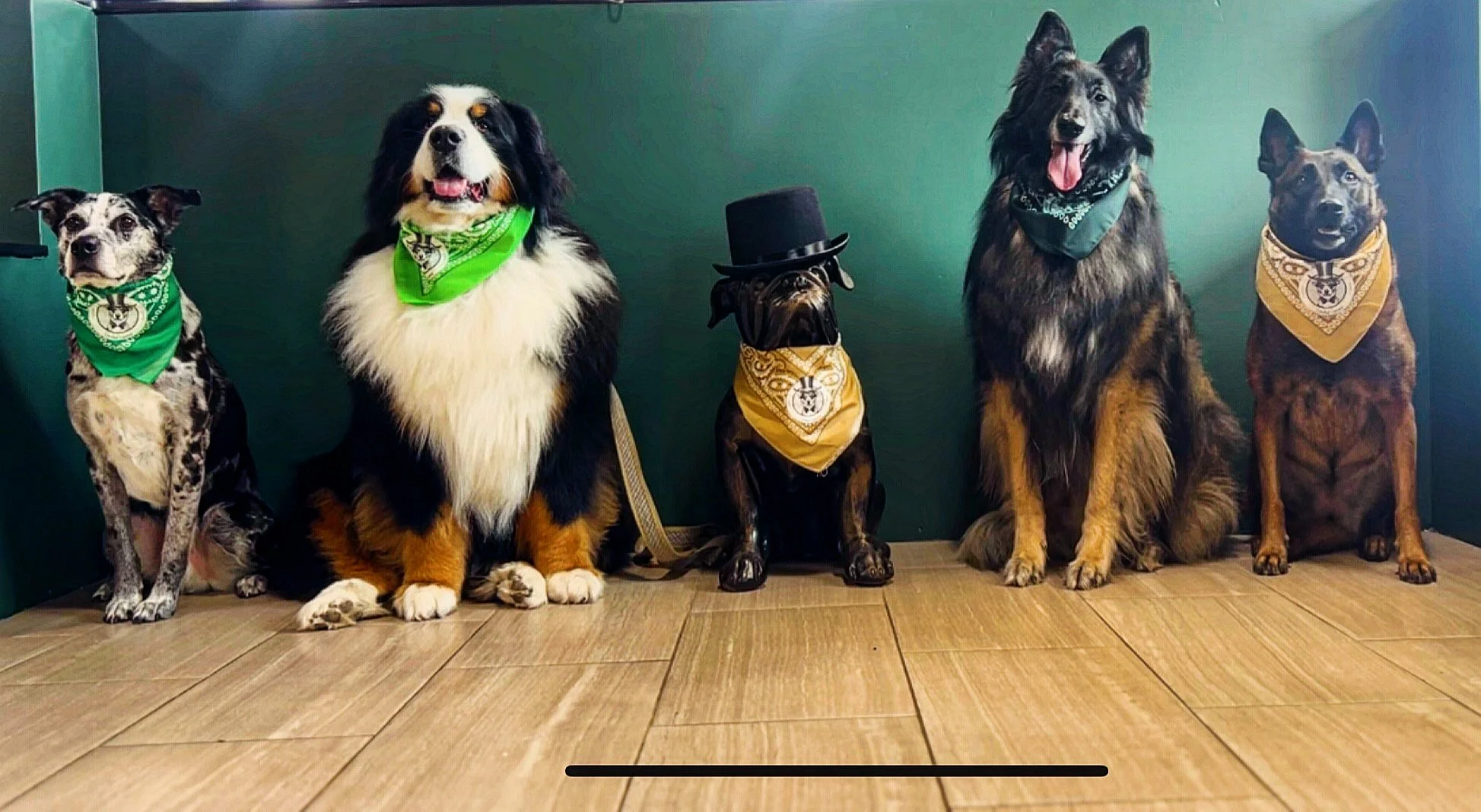“Socializing” Your Dog: What It Really Means
We’ve all said it: “I’m taking my dog out for socialization!” We say it proudly, with the confidence that we’re doing everything right—after all, we’ve watched countless training videos, scrolled through pet accounts on social media, and read article after article (kind of like this one) about how to raise a well-rounded pup.
But let’s take a moment to clear things up. Let’s put emotions aside and look at what socialization actually means—for your puppy or new dog—and how to do it in a way that sets them up for success.
Socialization ≠ Constant Interaction
As humans, we tend to equate socialization with interaction: going to parties, chatting over lunch, late-night dancing with friends. For dogs, it’s a different story. While we often want to include our dogs in every part of our lives, we can sometimes end up forcing interactions they don’t enjoy.
To understand how to socialize your dog well, we first need to understand the stages of dog sociability.
The Stages of Dog Sociability
Dog Social
This is the puppy phase. Most puppies are eager to meet other dogs of any breed or size, and they actively seek out these interactions. Some rare adult dogs maintain this social butterfly status—but most eventually mature out of it. These dogs are the life of the party: happy-go-lucky and full of love!
Dog Tolerant
As dogs mature, many become more selective. You may notice they no longer run up to every dog they see, but still remain polite. They prefer the company of familiar dogs (and people). Think of this stage like the friendly guy who’s nice to everyone but doesn’t go out of his way to make new friends.
Dog Selective
Most adult dogs fall into this category. They have a few close canine buddies they love, but may be uncomfortable—or even reactive—around unfamiliar dogs, especially those with different energy levels or play styles. These dogs are like introverts with a tight-knit crew: loyal, loving, and low on social bandwidth.
Dog Aggressive or Avoidant
Some dogs become increasingly intolerant of others. They might bark, lunge, growl, or even fight. These dogs aren't “bad”—they’re just saying, “Please leave me alone.” Like a garden hermit who’s been pestered all day, they just want peace.
What Influences These Stages?
Several factors affect how sociable your dog is—or becomes:
Age: Just like people, dogs' personalities change as they grow. Social maturity usually happens between 1.5 and 3 years of age. It's completely normal for a once-social puppy to become more selective or avoidant over time.
Breed & Genetics: Some breeds are naturally more tolerant or aloof than others. Genetics play a huge role in sociability. Researching breeds—or working with a trainer—can help you find a dog that fits your lifestyle. If you’re rescuing, fostering can help you get to know a dog before committing.
Environment: Is your dog on-leash or off? Are you in a crowded park or a quiet street? These environmental cues affect how safe or stressed your dog feels during social interactions.
Life Experiences: A single negative encounter can push a young or sensitive dog toward selective or avoidant behavior. This is why thoughtful, gradual exposure is so important.
So, What Should You Do?
Let your dog lead the way. Pay attention to their body language. Don’t force greetings or interactions they’re not ready for. Neutral experiences—where your dog can observe other dogs without pressure—are just as important (if not more) than direct interaction.
And most importantly: Find a trainer you trust. With so much conflicting information online, it can be overwhelming to know what’s best for your dog. A good trainer will help you navigate socialization in a way that builds confidence, respect, and trust—for both you and your dog.



